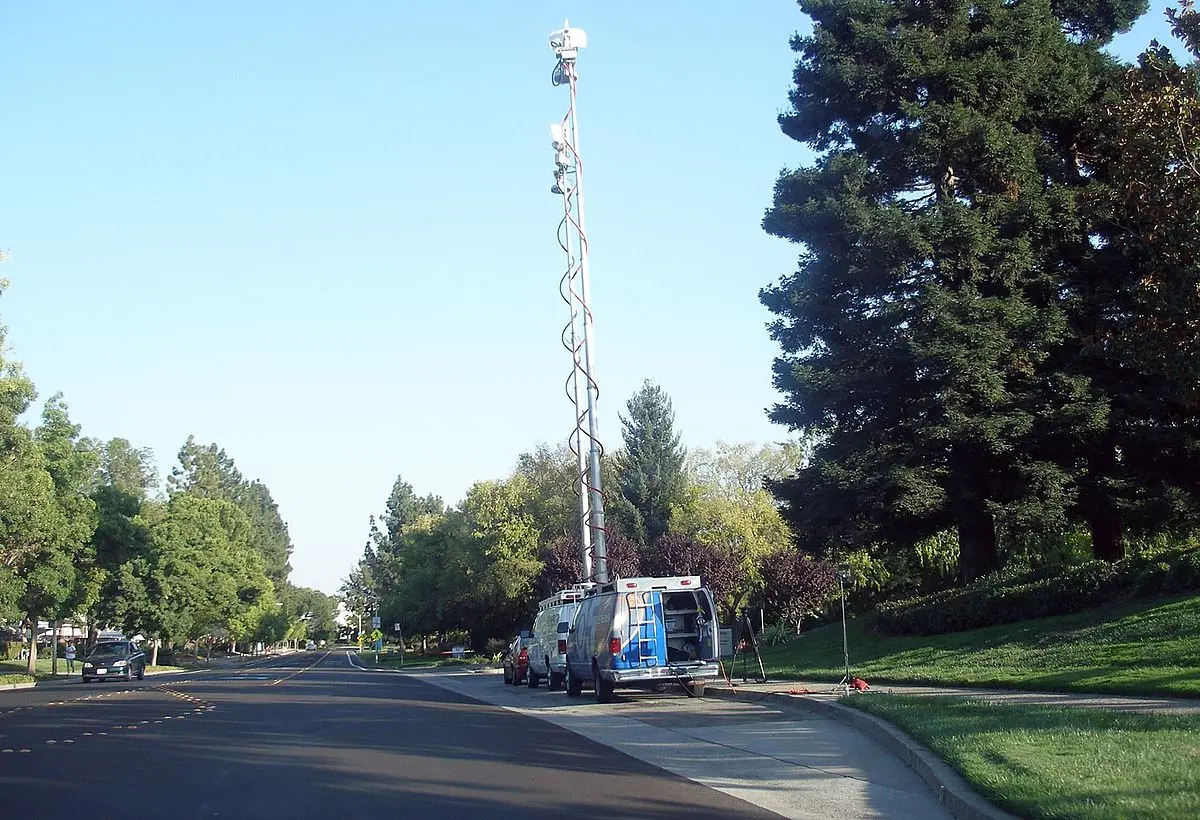In 2006, Hewlett Packard (HP) found itself embroiled in a scandal that rocked the corporate world. The scandal involved the unauthorized investigation of board members and journalists in an attempt to identify the source of an information leak. This scandal, commonly referred to as the Hewlett Packard case, led to the resignation of key executives and legal repercussions for the company.
The Scandal Unveiled
The scandal came to light when it was revealed that HP's general counsel, at the request of chairwoman Patricia Dunn, had hired a team of independent security experts to investigate board members and journalists. The objective was to identify the source of an information leak that had resulted in the publication of HP's long-term strategy in a CNET article.
The investigation involved the use of a technique known as pretexting, where investigators impersonated HP board members and journalists to obtain their phone records. This unauthorized acquisition of personal information raised serious ethical and legal concerns.
Repercussions and Resignations
As the scandal unfolded, board member George Keyworth was accused of being the source of the leak. He resigned, although he denied making unauthorized disclosures of confidential information. Patricia Dunn, who claimed she did not know about the methods used by the investigators, initially continued as chairwoman but later resigned due to the distraction her presence created.
HP's general counsel, Ann Baskins, also resigned shortly before she was scheduled to appear as a witness before the House Committee on Energy and Commerce. During the hearing, both Dunn and HP CEO Mark Hurd testified extensively about the investigation.
 Hp all-in-one desktop computers: performance & convenience
Hp all-in-one desktop computers: performance & convenienceInvestigation and Legal Ramifications
The House Committee on Energy and Commerce conducted its own investigation into the scandal. They requested various information from HP, including the names of the outside consulting firm hired for the investigation, copies of contracts and investigative plans, and a list of individuals targeted or involved in the investigation.
In addition to the congressional investigation, the California Attorney General filed criminal charges against Dunn, HP's former chief ethics officer Kevin Hunsaker, and three outside investigators. The charges included conspiracy, fraudulent use of wire transmissions, and unauthorized use of personal identifying information.

The legal ramifications of the scandal were significant. Pretexting, the technique used by investigators, was a legal grey area before the scandal. However, as a result of the case, Congress passed the Telephone Records and Privacy Protection Act of 2006, which specifically prohibited pretexting. Several individuals, including those involved in the HP scandal, were subsequently prosecuted under this new law.
The Hewlett Packard case was a scandal that exposed unethical and illegal practices within the company. The unauthorized investigation and use of pretexting to obtain personal information raised serious privacy concerns. The scandal resulted in the resignation of key executives and legal repercussions for HP. It also led to the passage of new legislation to prevent similar incidents in the future.
 Hewlett packard z800 workstation - powerful and reliable desktop workstation
Hewlett packard z800 workstation - powerful and reliable desktop workstation
